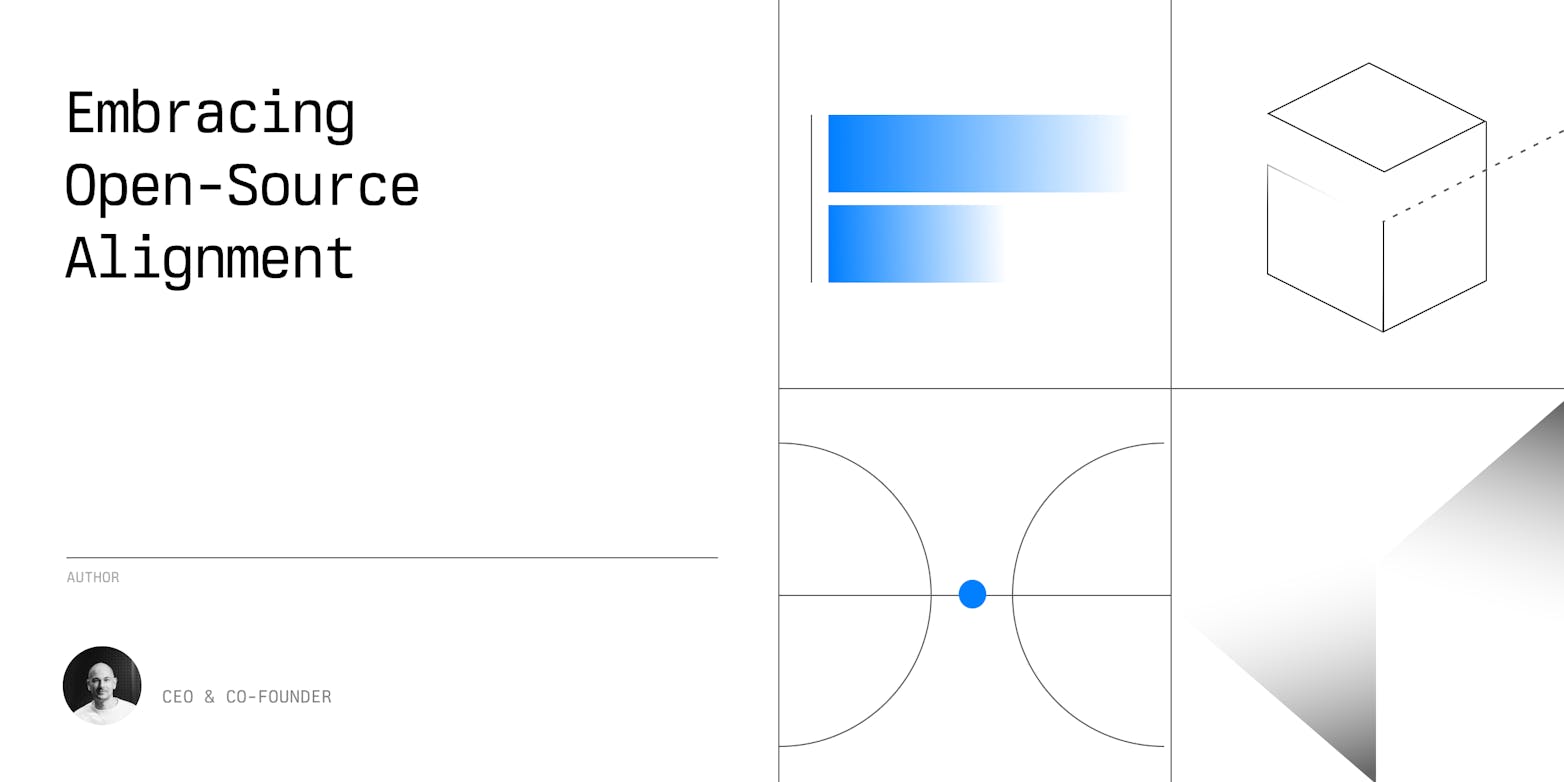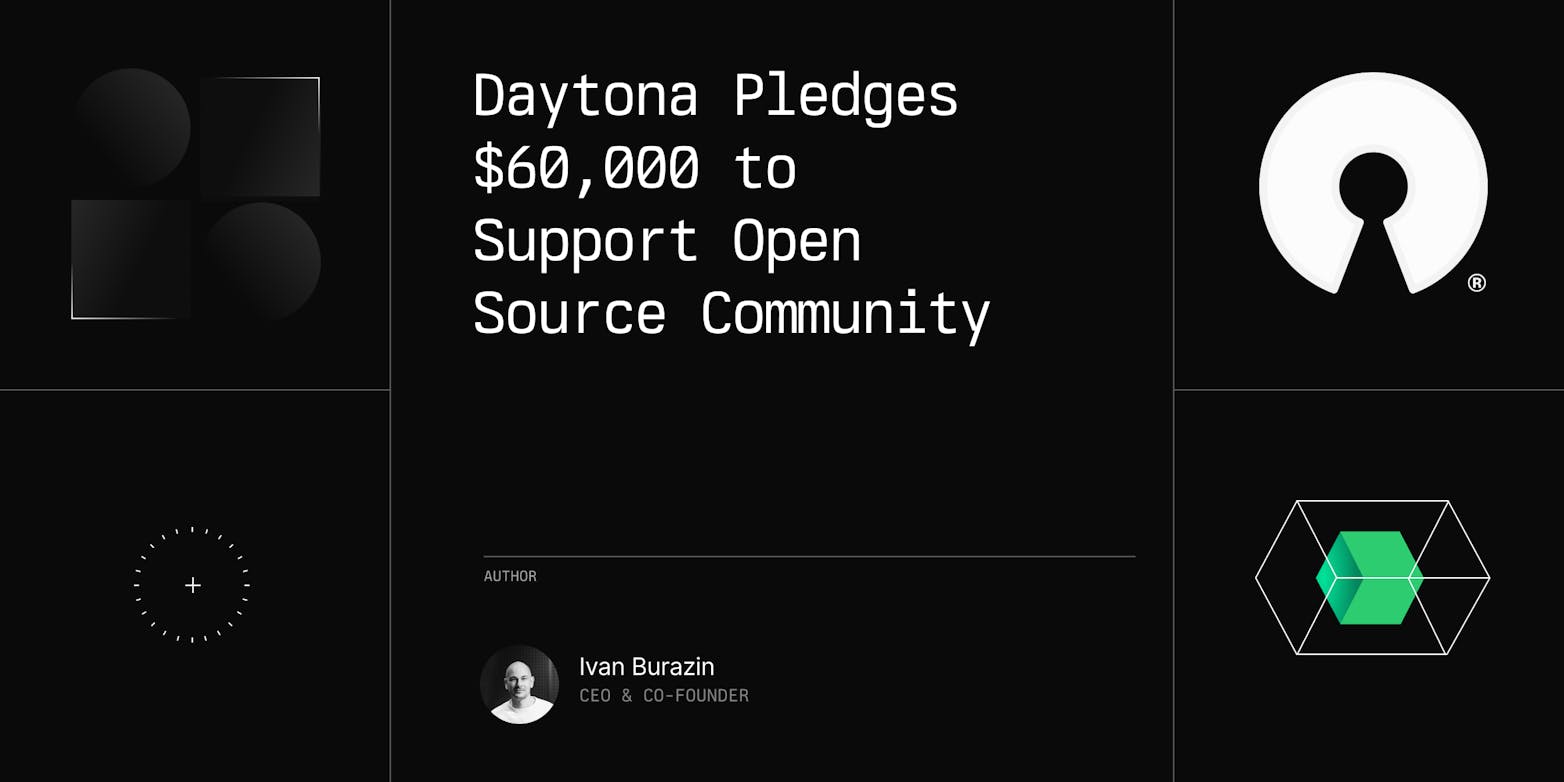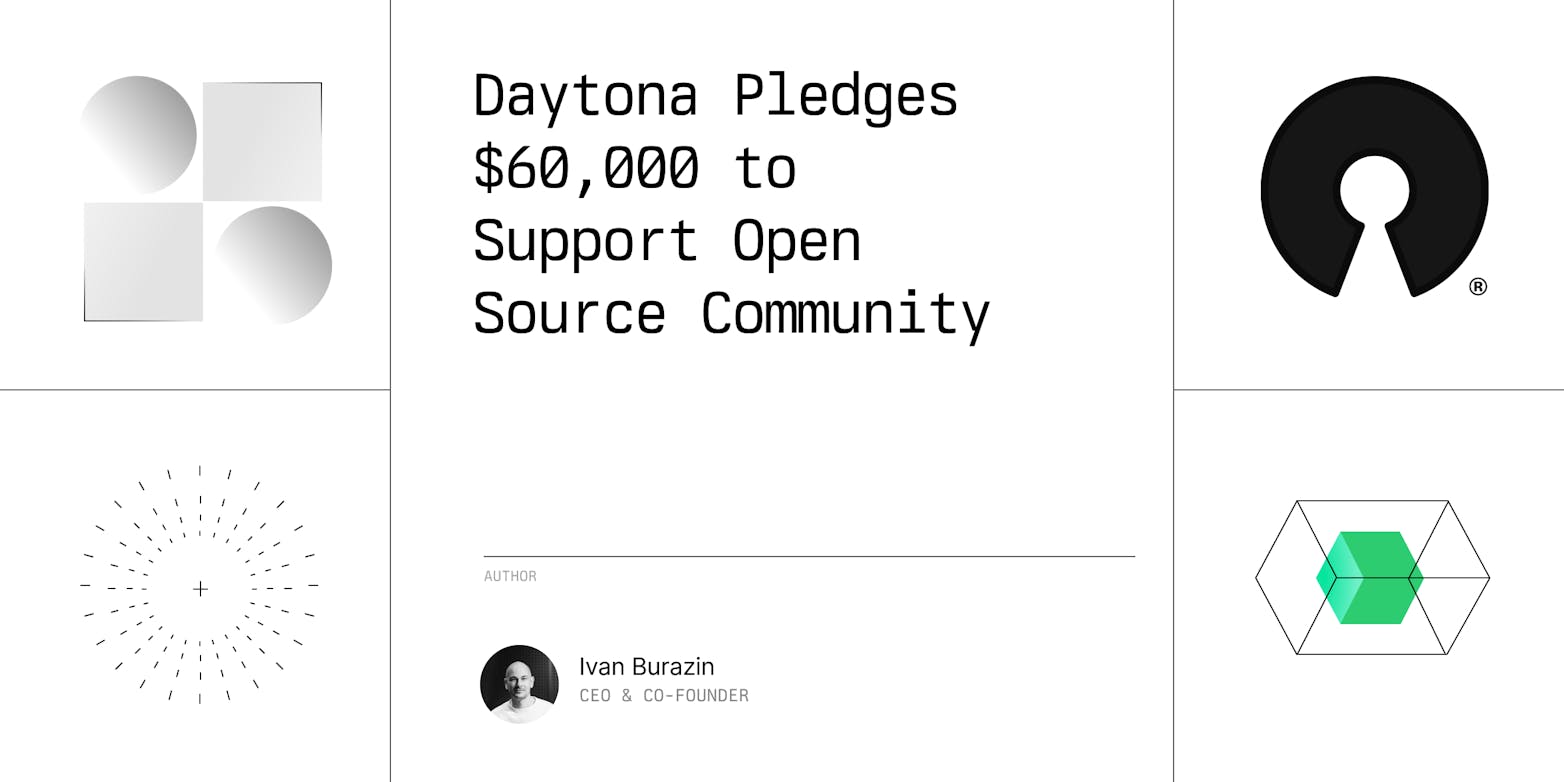Open Core
The open core model is a business strategy employed by companies engaged in open source software development. Under this model, a company offers a foundational version of its software as open source, which can be freely accessed, used, and modified by the community. This core, open-source version includes essential features and capabilities but may lack more advanced functionalities.
To monetize their software, companies provide additional features, tools, or services as proprietary extensions or premium versions. Users can purchase these enhanced elements to unlock more sophisticated capabilities, enterprise-grade features, or professional support.
Key Characteristics of the Open Core Model:
Free Core Software: The basic, open-source version is freely available, fostering community contribution and encouraging widespread adoption.
Proprietary Extensions: Advanced features, add-ons, and integrations are offered as proprietary options, differentiating the free and paid versions.
Monetization Strategy: The sale of premium features, customizations, and professional support provides a revenue stream for the company.
Community Engagement: The open core approach promotes collaboration and innovation within the developer community, attracting contributions that improve the foundational codebase.
Balance of Control and Openness: It allows businesses to maintain control over their core intellectual property while benefiting from the openness of the software ecosystem.
Many modern companies leveraging open source software adopt the open core model to reconcile the community-driven benefits of open source with the need for a sustainable business model. For example, a cloud-based development tool might provide its basic orchestration and configuration management features as open source. At the same time, it offers enterprise customers additional capabilities such as advanced security protocols, scalability enhancements, and dedicated support as paid options.
This approach ensures that the core tool remains accessible for innovation and wide adoption while generating revenue through the proprietary components, which are crucial for the company's growth and sustainability.




